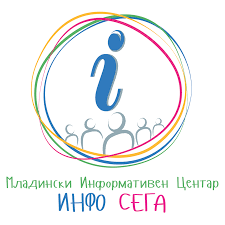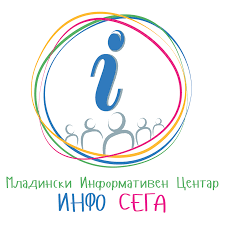.png)
The French regions (part 1)
When we travel, it is always interesting to discover all the different cultures and habits of the different people.
But sometimes, it is also very funny to discover how many different cultures can be found in a same country. And in France, there are actually many regions with a very different culture and history, and I will introduce some of them to you. However, I am going to write here about the historical regions of France, and not the new administrative regions adopted in 2016. Also, this list won’t be a complete listing of all of the 21 historical regions of France, but only a selection of the ones who differs from the others by their unique culture. First of all, my own region.
L’Alsace:
The region of Alsace is the smallest region of France, but it has a huge historical background and some interesting specific sites. It is located is the North-East of France, on the crossroad with Germany, and Switzerland. And in the south of Alsace, you can find a place that we call “les trois frontières” the three borders, where the three countries reach each other. Those are France, Germany and Switzerland. You may have already heard about Alsace in history classes, during the World War II a part of France was occupied, but Alsace became totally German. But in fact, the region has already been disputed many years ago, and the Alsacian people had switched between Germany and France many time. And this is how the region developed its own language, which sounds a little bit like Bavarian German, but it is more specific, it is more like a mix between French and German. Nowadays it is mainly spoken by elder people, and the language is on the way of extinction. But back in the day, everybody was speaking it at home, and speaking French at school. As a personal example, my grandparents have been raised in Alsacian, and often, when I visit them, they try to make me improve my Alsacian by practicing and talking with them.
La Bretagne
This region is located in an archipelago at the total opposite of Alsace, in the north west of France between the Celtic and the Iroise seas. It is a maritime region, which also has its own language. The Bretagne (Brittany) used to be a Celtic region, and they kept their Celtic culture with their very specific oral tradition, with tales full of mysterious drowned cities and of little mischievous creatures named Korigans. It also kept its language, which is a Celtic dialect similar to the Welsh or the Irish. The Bretons (people from Brittany) also have their own music, dances and music instruments, the most iconic should be the Biniou which is like a Scottish pipe. The gastronomy of Brittany is also well recognized in France, and everybody knows the “crêpes Bretonnes” “sablées Bretons” “Kouign Aman”
La Corse:
Corsica is a French island located in the Mediterranean Sea just above Sardinia. This region is well known for being one of the most separatist regions of France, and for good reason, it is the only region of France separate to the others regions without being a Dom Tom (I will explain to you what is a Dom Tom later) and this is why we heard debates about the Corsica’s independence often. The region also has its own language which is very close to the Italian language.
Le Nord Pas-de-Calais:
The North Pas De Calais as you can guess is located in the very north of France, next to Belgium, to the English Channel and the North Sea. Again, the very interesting part of the region is the dialect, but this one, the “Ch’ti” is even more particular. Indeed, on the contrary of the “Alsacien”, the “Corse” or even thе “Breton”, the ch’ti is not related to any other language than French (like the German, Italian or The Celtic language) in fact, the Ch’ti is just a French dialect that has such a different pronunciation that it makes it very different. At the beginning, it was a very popular dialect, spoken by the working class, who was making a big part of the region when it was a big mining region. Nowadays, everybody uses the Ch’ti when they want to laugh about something in France, but not in a bad way. French people have a true sympathy for this dialect. The proof about that is that one of the most popular French films in France is “Bienvenue chez les Ch’ti” which is about a French from south, who is transferred to work in the North.
Les Dom-Tom
France is an intercontinental country, and there is French territories in many different places in the world. Dom Tom is the acronym of “Départements et territoires d’outre mer” which means overseas departments and territories, and they are generally island (but not all the time). The main Dom Toms are: the French Guyana in South America, the Martinique and the Guadeloupe in the Caribbean’s, the Reunion island next to Madagascar, Mayotte next to the Comoros, and New Caledonia in Oceania. There are more but it’s going to be complicated to name them all. Of course, all these territories have they own cultures and history.
Paul Knecht-Deyber

